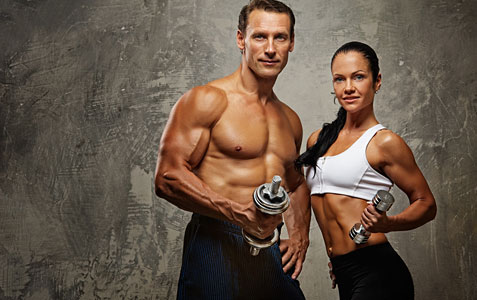A chat with UFC fighter Dan Hardy: Part One
Dan “The Outlaw” Hardy, who started martial arts as a kid, began training for competitive fighting in 2002 after 14 years of traditional marital arts. He joined the UFC in 2008 and made his debut at UFC 89, winning by split decision.
Dan hardy is a very hard working, outspoken person that personifies a great attitude. In part one of this interview, I had the opportunity to talk to Dan about his artistry, his experience training with the Shaolin monks, the GSP fight, the possibility of losing his contract with the UFC, being diagnosed with a heart condition WPW and the reaction by Dana White.
Mike Furci: First, I’d like to thank you for taking the time today to talk with me Dan.
Dan Hardy: No worries Mike, no worries.
MF: Fans of Bullz-Eye and MMA, today we’re talking with Dan Hardy, one of the most recognizable MMA fighters of today, a UFC welterweight crowd pleasure who fought Georges St-Pierre for the title in 2010. In that fight, he escaped two submission attempts that would have easily forced the vast majority of fighters to tap out, which I believe, Dan, is not only a testament to you, the fighter, but also Dan Hardy the person – as the audience will see as we proceed through this interview. And though you’re not currently fighting, you definitely have not been sidelined.
And before we get into what you’ve been doing recently, I’d like to take the Bullz-Eye readership back somewhat to get to know you a little better and discuss your career as a fighter, if you don’t mind.
DH: Sure.
MF: One thing I didn’t know myself as much as I follow MMA is that you’re an artist.
DH: Yeah, that always comes as a surprise to people.
MF: As most artists, I’m sure you discovered your talents when you were very young, and I understand you were also doing MMA at a very young age. What pulled you into the direction of MMA as a career?
DH: Really, just the drive at the time. I mean, I’ve always been an artist. As a kid, I always had a sketchbook in my hand, so even my parents thought I was going to follow that path. But when I was at university studying art, it occurred to me that this was my athletic peak and I needed to explore it right now. I could always return to art in the future.
You can follow us on Twitter and Facebook for content updates. Also, sign up for our email list for weekly updates and check us out on Google+ as well.
Posted in: Fitness, Interviews, Sports
Tags: Dan Hardy, Dan Hardy interview, MMA, ufc























